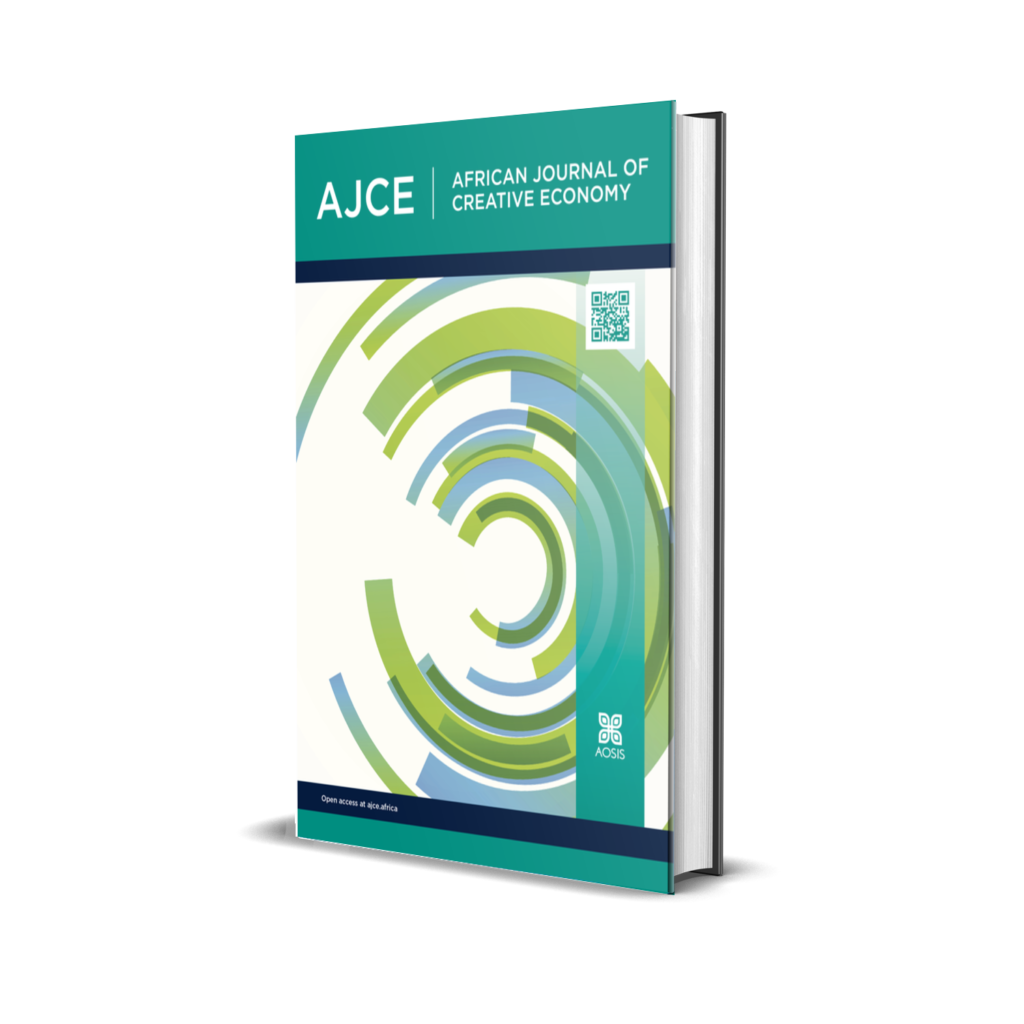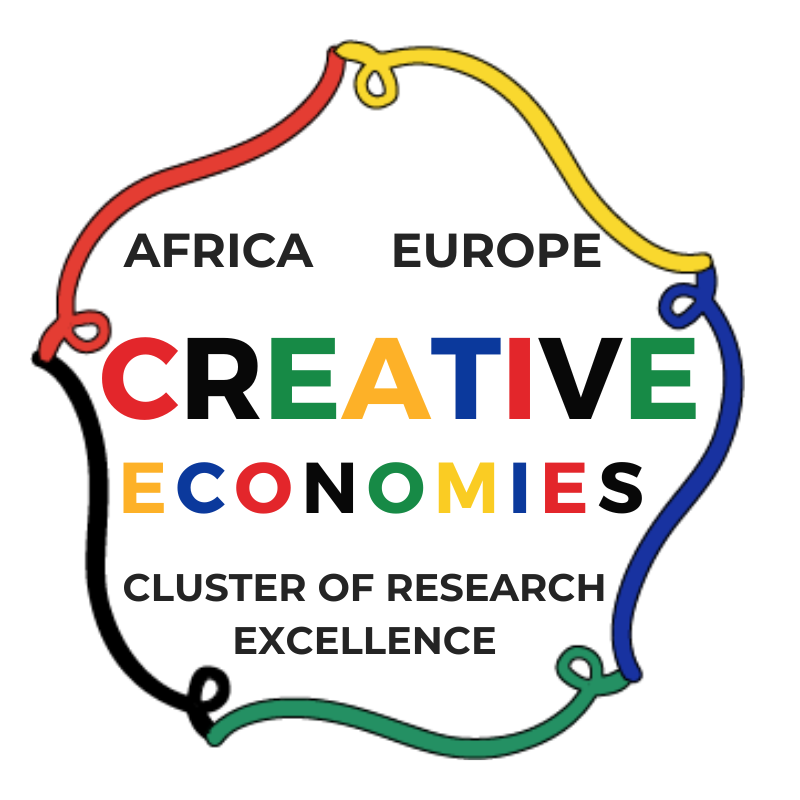The African Journal of Creative Economy has been launched in parallel to the CoRE on Creative Economies to offer opportunities for researchers working in this area to share their knowledge and research.

The African Journal of Creative Economy (AJCE) has an interdisciplinary and transdisciplinary focus that includes the following fields:
- Cultural Economics
- Creative Industries
- Arts and Culture Management
- Cultural Studies and Cultural Policy.
The journal’s focus is on researching and discussing theoretical and practical issues pertaining to the cultural and creative economy in Africa. Research from outside Africa will also be considered as long as it is relevant to the African creative economy in terms of policy lessons or comparative analysis. The journal is primarily aimed at those researching, studying, and developing policies and practising activities that have their origin in individual creativity, skill and talent, and which have the potential to contribute to employment, economic development and wealth creation. Rather than simply applying theories and models of the creative economy developed mostly in the Global North, the journal aims to publish research based on learnings from the African and Global South context, problematising commonly held (western) understandings of concepts like heritage, sustainability, and precarious employment.
AJCE will cover all aspects of the creative economy, including clusters, creative labour markets, creative districts, international trade in cultural goods and services, demand for and participation in cultural activities, and the creative ecosystem. It will primarily use the definitions of the Cultural and Creative Industries developed by the United Nations Educational, Scientific and Cultural Organization (UNESCO), and published in the Framework of Cultural Statistics (FCS). The creative economy includes:
- Cultural and natural heritage: museums (also virtual), archaeological and historical places, cultural landscapes, and natural heritage.
- Performance and celebration: performing arts, music, and festivals, fairs and feasts.
- Visual arts and crafts: fine arts, photography, and crafts.
- Books and press: books, newspapers and magazines, other printed matter, library (also virtual), and book fairs.
- Audio-visual and interactive media: film and video, tv and radio (also internet live streaming), internet podcasting, and video games (also online).
- Design and creative services: fashion design, graphic design, interior design, landscape design, architectural services, and advertising services.
For more information, visit the journal webpages.
